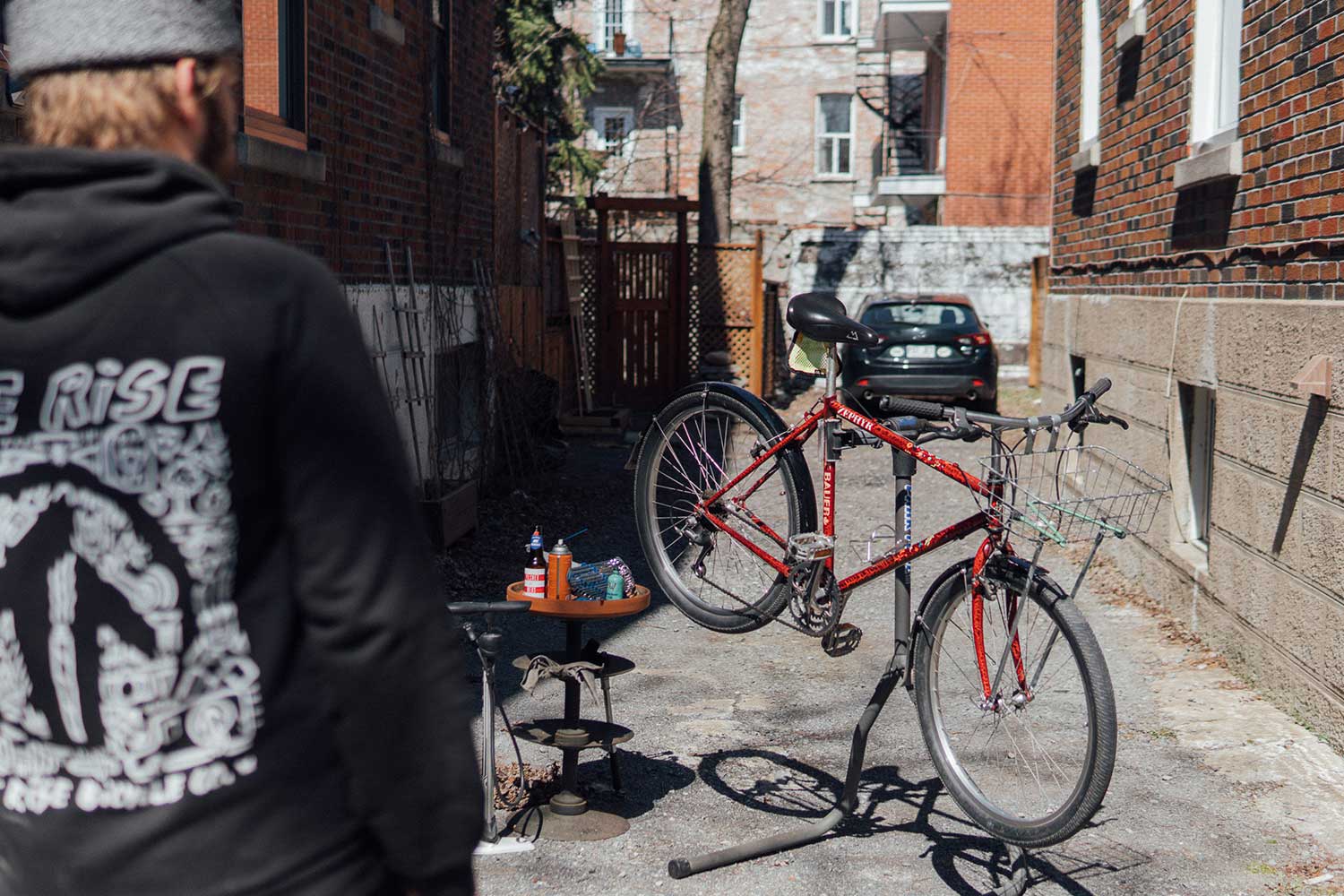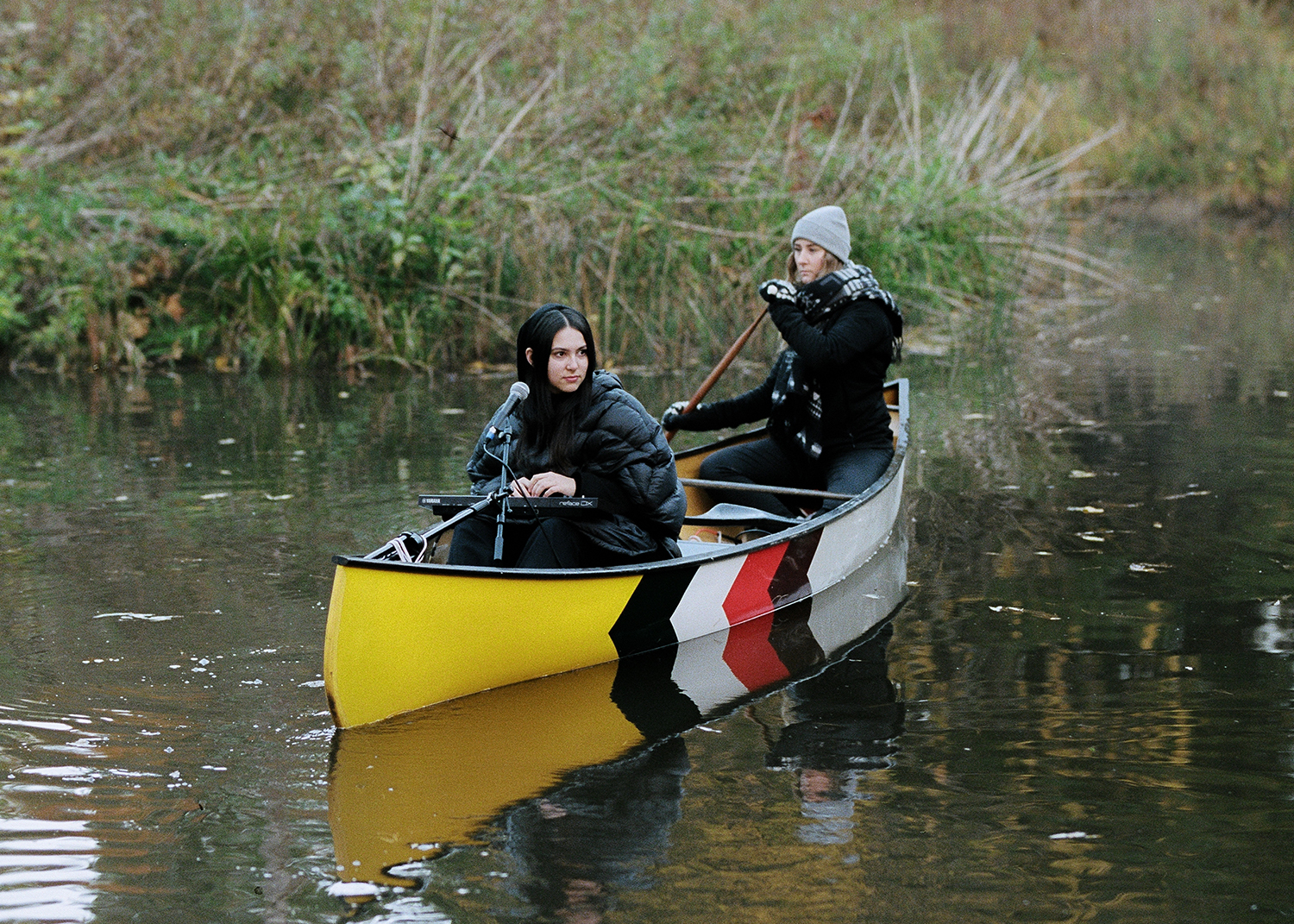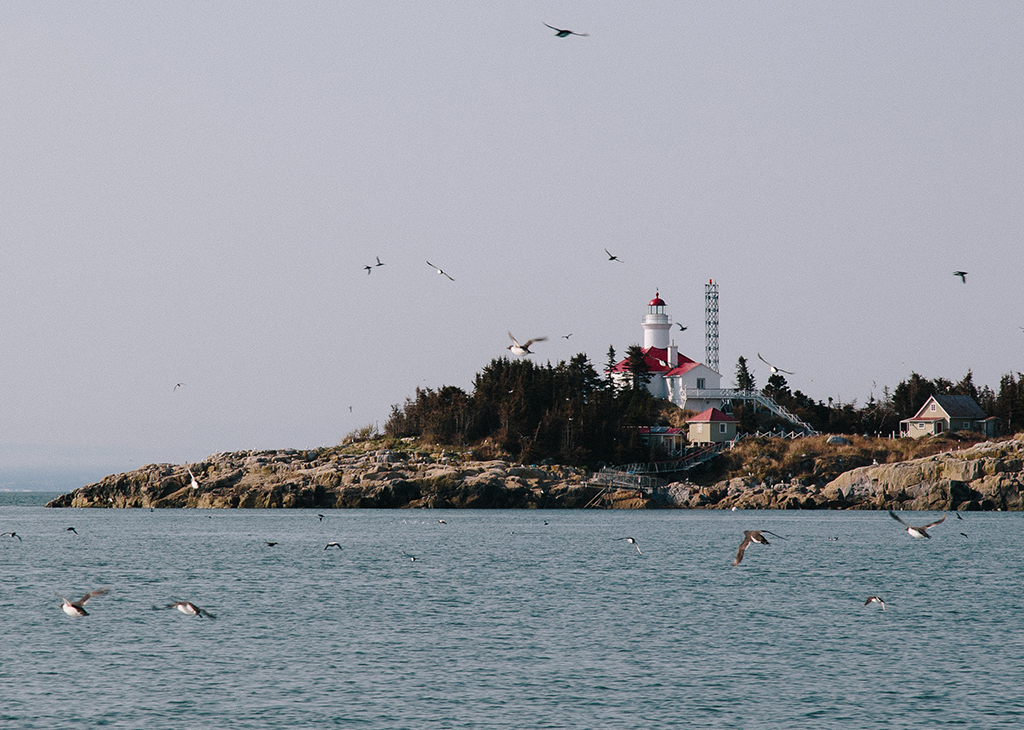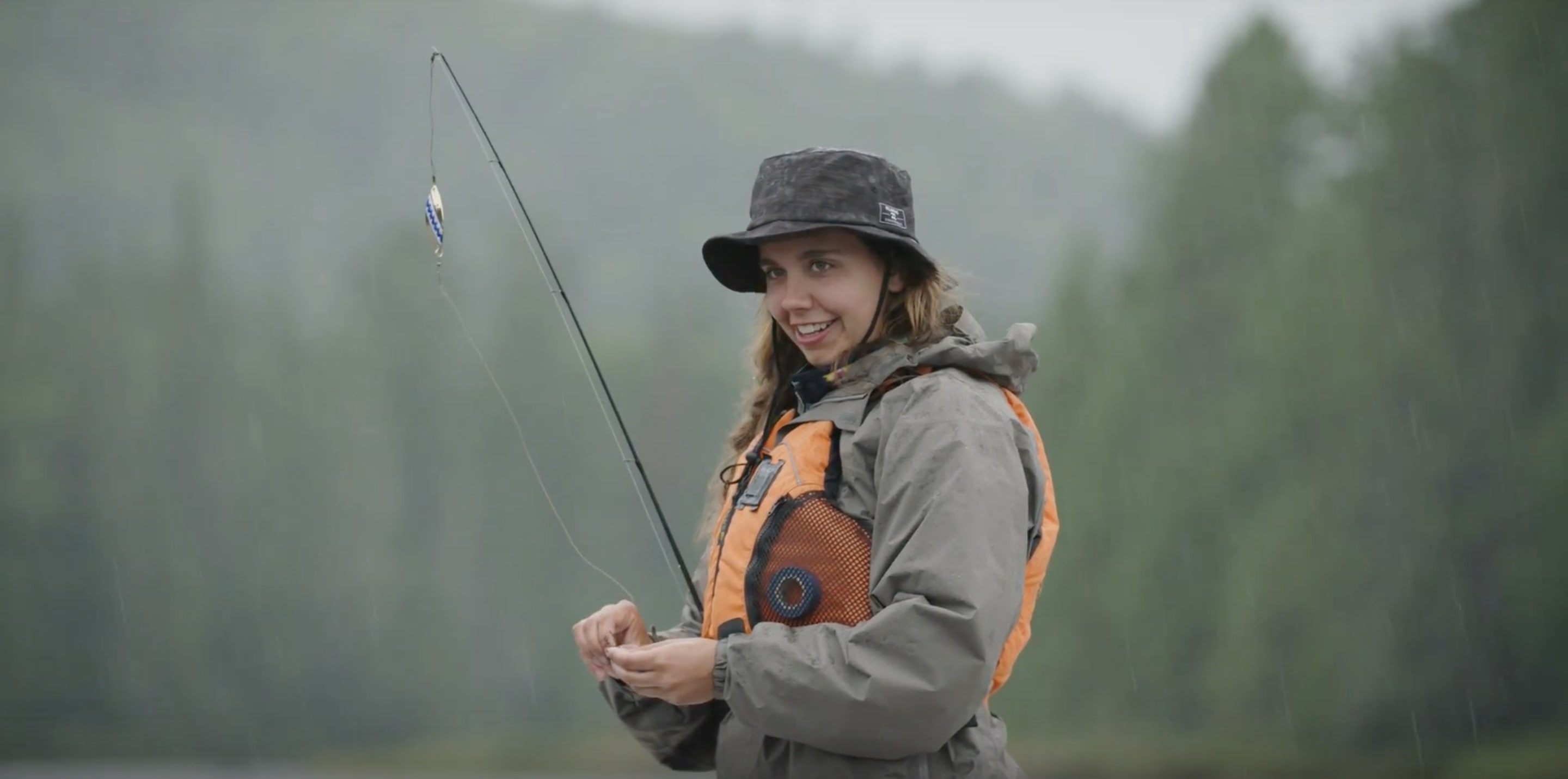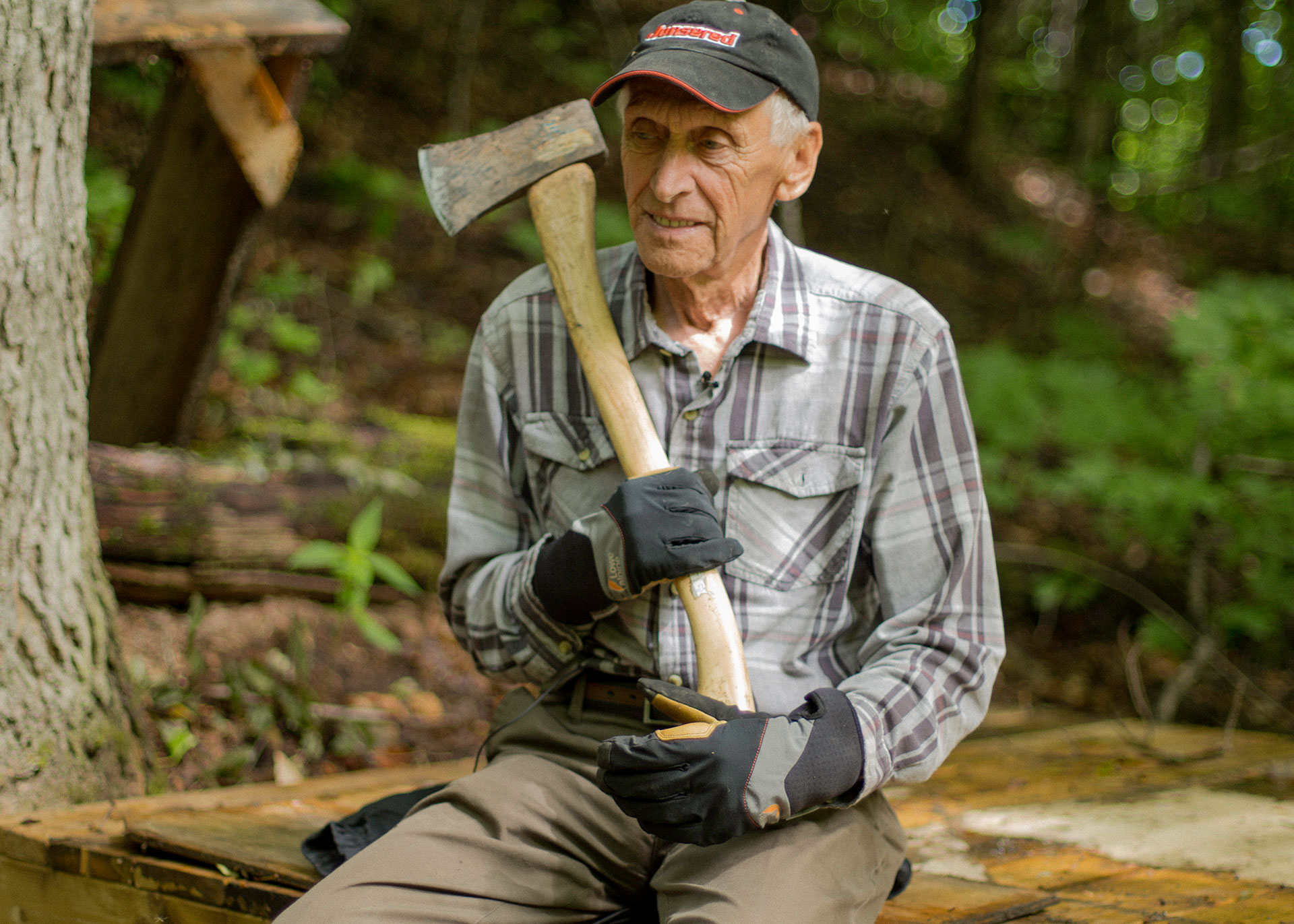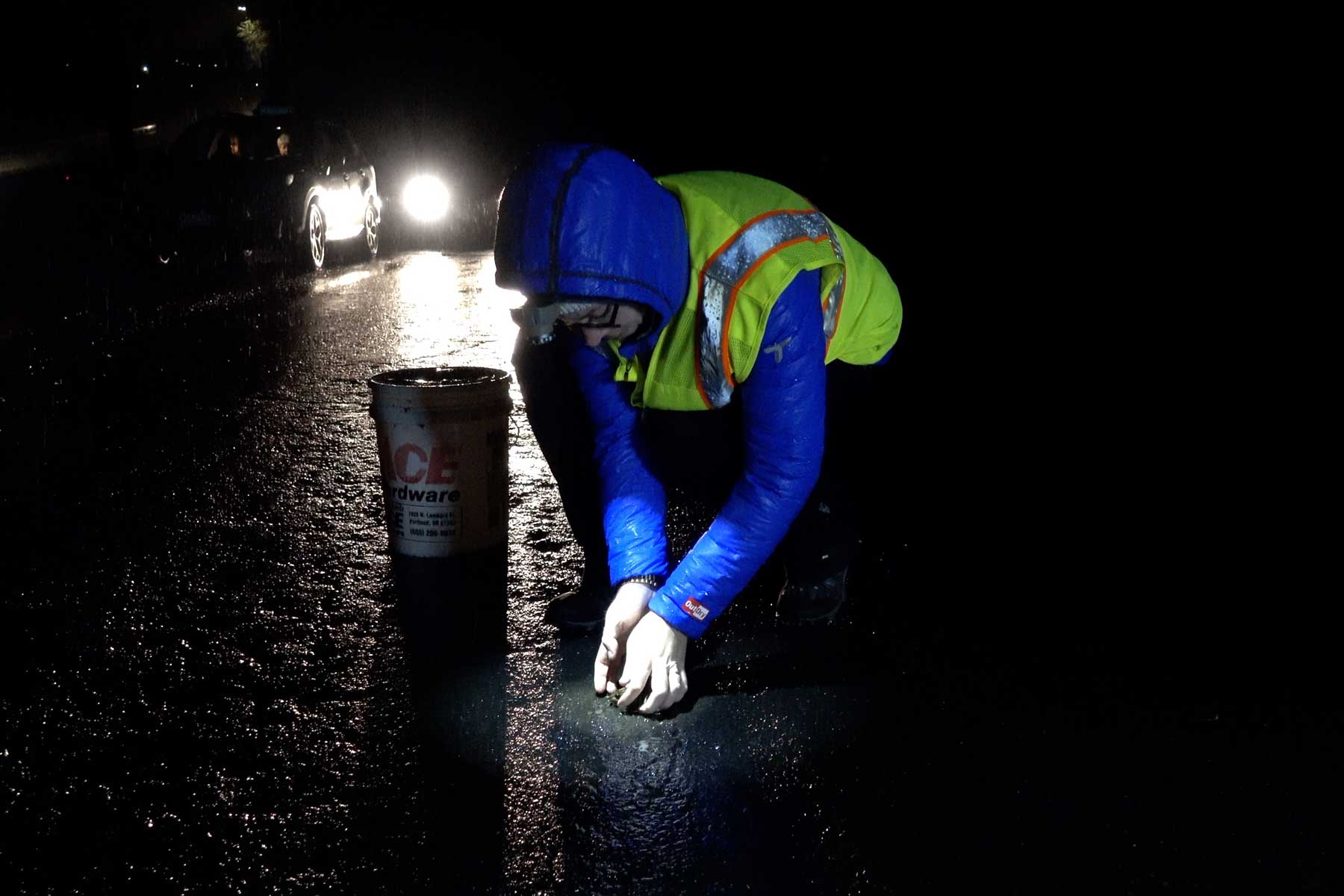Dispatches
Frog taxi
From November to March, volunteers run a daily shuttle to save northern red-legged frogs.
The floodplain of Forest Park in Portland, Oregon, was once covered in marshes, ponds, and lakes. Northern red-legged frogs (Rana aurora) came in large numbers to reproduce in these calm waters. These batrachians—an integral part of the food chain for all local predators—became essential to the health of this wetland ecosystem, constituting up to 60% of its animal biomass. Today, their numbers are greatly diminished. Although the park still harbours the largest population of northern red-legged frogs in the city, their status has become precarious.
In other words, this is a literal real-world version of the 1981 arcade game, Frogger.
Long-term solutions for the frogs’ safe passage from one site to the other are almost non-existent. A wildlife bridge would be expensive, and it’s highly unlikely the frogs would use it anyway; and an underground passageway would take on too much water.
To allow the frogs to get to their reproduction site safely, volunteers have set up a specialized transport service—the Harborton Frog Shuttle, colloquially referred to as the “frog taxi.” The sole aim of this service is to increase the species’ chances of survival.
Without this devoted team of 90 citizens, the frogs have to dodge being run over by hundreds of fast-moving cars while crossing the treacherous road.
From mid-November to the end of March, volunteers arrive at their stations around nightfall. In the early season, they transport the frogs to the wetland; at the end of the season, they ensure the frogs’ safe return to Forest Park. The northern red-legged frogs only move in rainy weather and when the temperature rises above 7 degrees Celsius. Armed with headlamps, the team spreads out silently along the road, trying not to startle the amphibians as they gently catch them.
The frogs are then placed into large pails and driven by car to the wetland, some 2 kilometres further.
This initiative started up in 2014. Since then, the team has grown, become more organized, and now dedicates itself entirely to the cause of the northern red-legged frog. For the past two years, 1224 frogs have been safely transported to the wetland, and 915 to the forest for their reproduction at the end of the season.
The Oregon Wildlife Foundation, the organization behind the project, hopes to raise sufficient funds to develop new wetland habitats west of the highway, so as to limit the (too often fatal) movements of these little amphibians. ■




